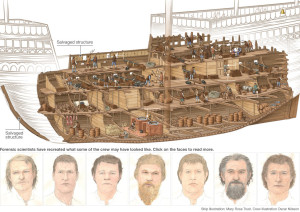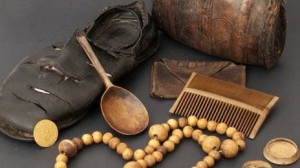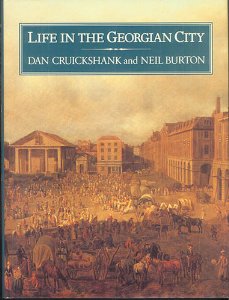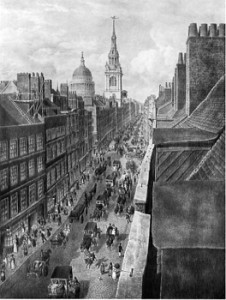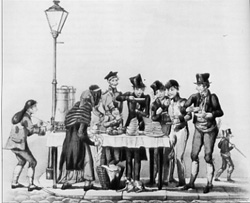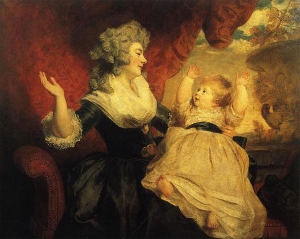Today I am leaving for RWA, the one week a year I get to talk nothing but books and writing with far-flung friends, wear my prettiest shoes, and hang out a lot at the bar. (ok, the shoes and bar thing I do here too….) I look forward to this all year, and thanks to some health disasters I haven’t been since Orlando 3 years ago this is extra special. Look for me there, I will have books to give away! (once I get past the terrifying plane ride, that is…at least I have something Regency travelers did not have. Xanax)
But this week also marks the anniversary of the sinking of the ship the Mary Rose. Built in 1510 and supposedly named after Henry’s favorite sister, it sank in the Solent in 1545 in sight of Henry VIII and his horrified court, with loss of all hands. Discovered in 1971 and raised in 1982, it was a rare time capsule and it has spent all this time under painstaking restoration. Thousands of fascinating artifacts (including skeletons, whose features have been hauntingly recreated) are now on display at the stunning-looking new museum, which also included the remains of the ship. This is definitely on my Must See list next time I go to London. Here are a few of the pics from their website (which has a treasure trove of information)
Here are a few pics of the ship and its artifacts (including, most sadly, the ship’s dog):
Has anyone been to this museum yet? What did you think?? And will you be at RWA???


